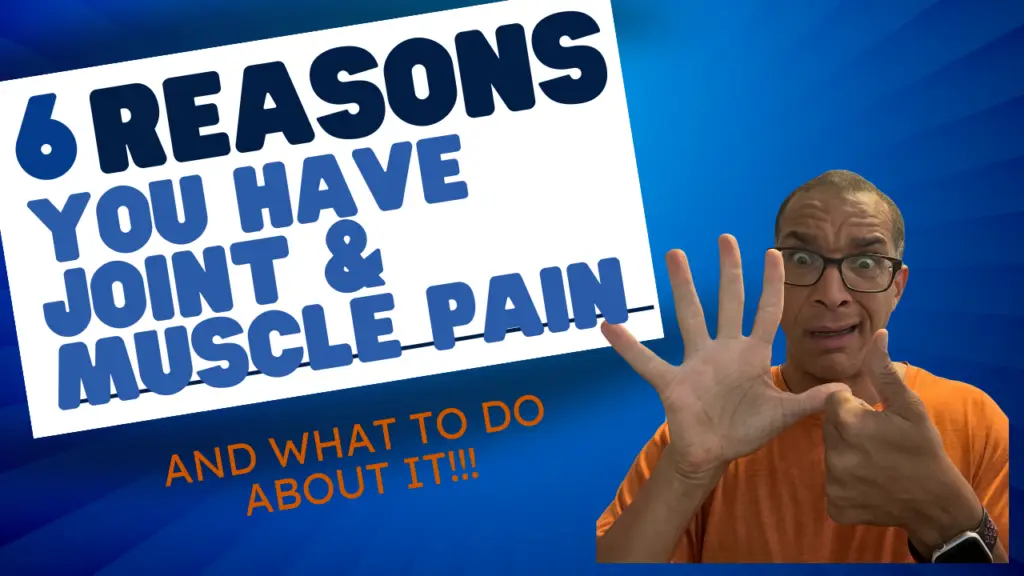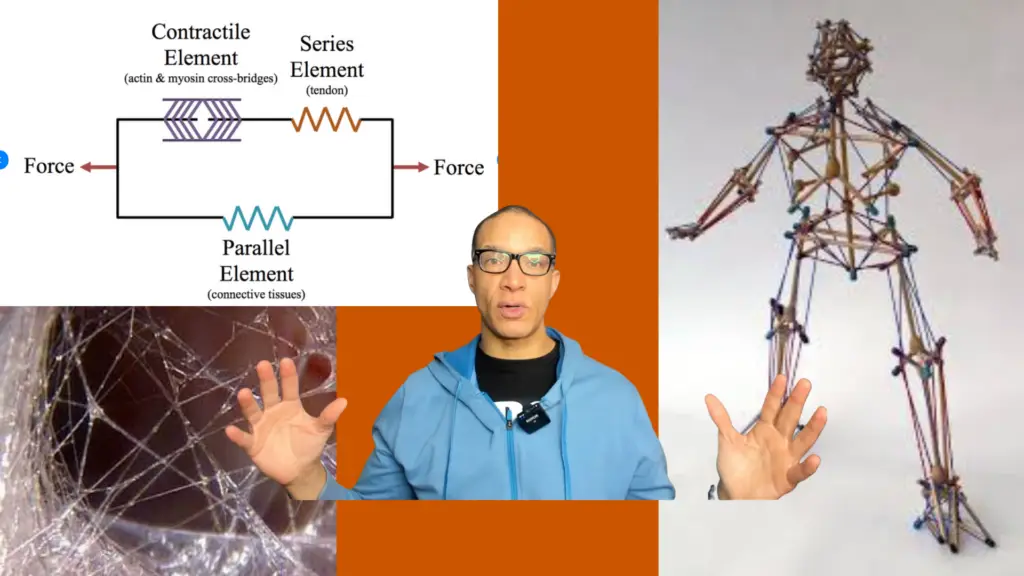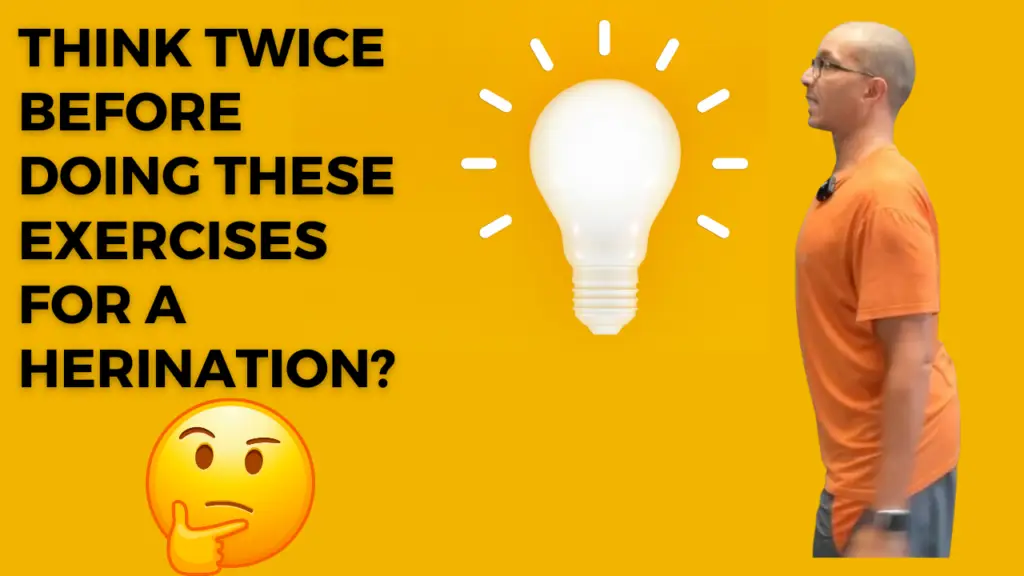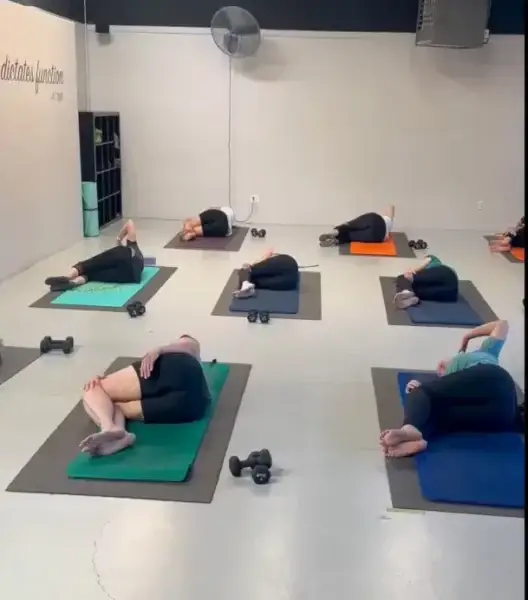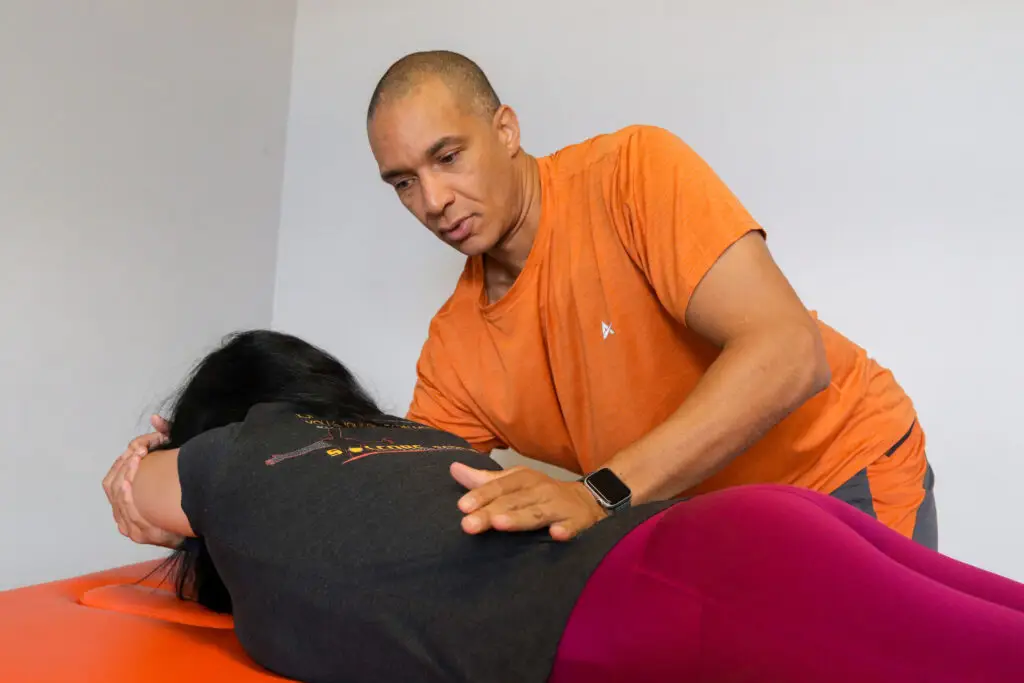
Standard thinking used to tell us that we had to push ourselves relentlessly to be in good shape.
But here’s the scoop: We’ve evolved from that, and we know better now. Rest and recovery for health aren’t signs of weakness — they’re essential to lasting strength, mobility, and energy.
We all need downtime to recharge and come back stronger than ever. But taking a full day off is only one part of the equation.
Rest and recovery should also be incorporated into the actual routines you do.
Have you heard the phrase “active rest” yet?
Now, it’s not as contradictory as it might seem. Active rest simply means incorporating lighter, gentler activities into your routine on “rest days,” between your harder days.
That could mean going for a walk or taking a relaxing swim. These activities keep you moving without too much strain. To maximize these active rest days, do exercises and stretches that rebalance your body from the harder workouts you did before.
- If you went for a big hike or run the day before, do some exercises and stretches that balance the chains of your body from your legs, pelvis, and spine.
- If you gardened hard the day before, work the chains of your body in your back muscles and shoulders.
You’re looking for the right balance — the perfect harmony — to optimize your life. Your body is a wonderful gift that allows you to do amazing things. Give it love by incorporating active rest into your weekly rhythm.
Embrace the power of rest and recovery for health — they’re not breaks from progress. They’re part of it.
Building a foundation for a better life.
Find out more @

